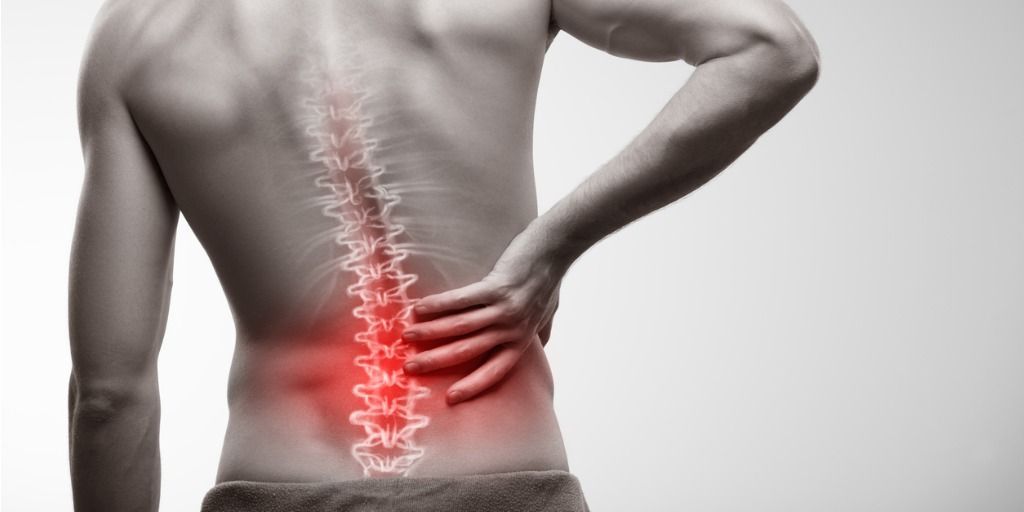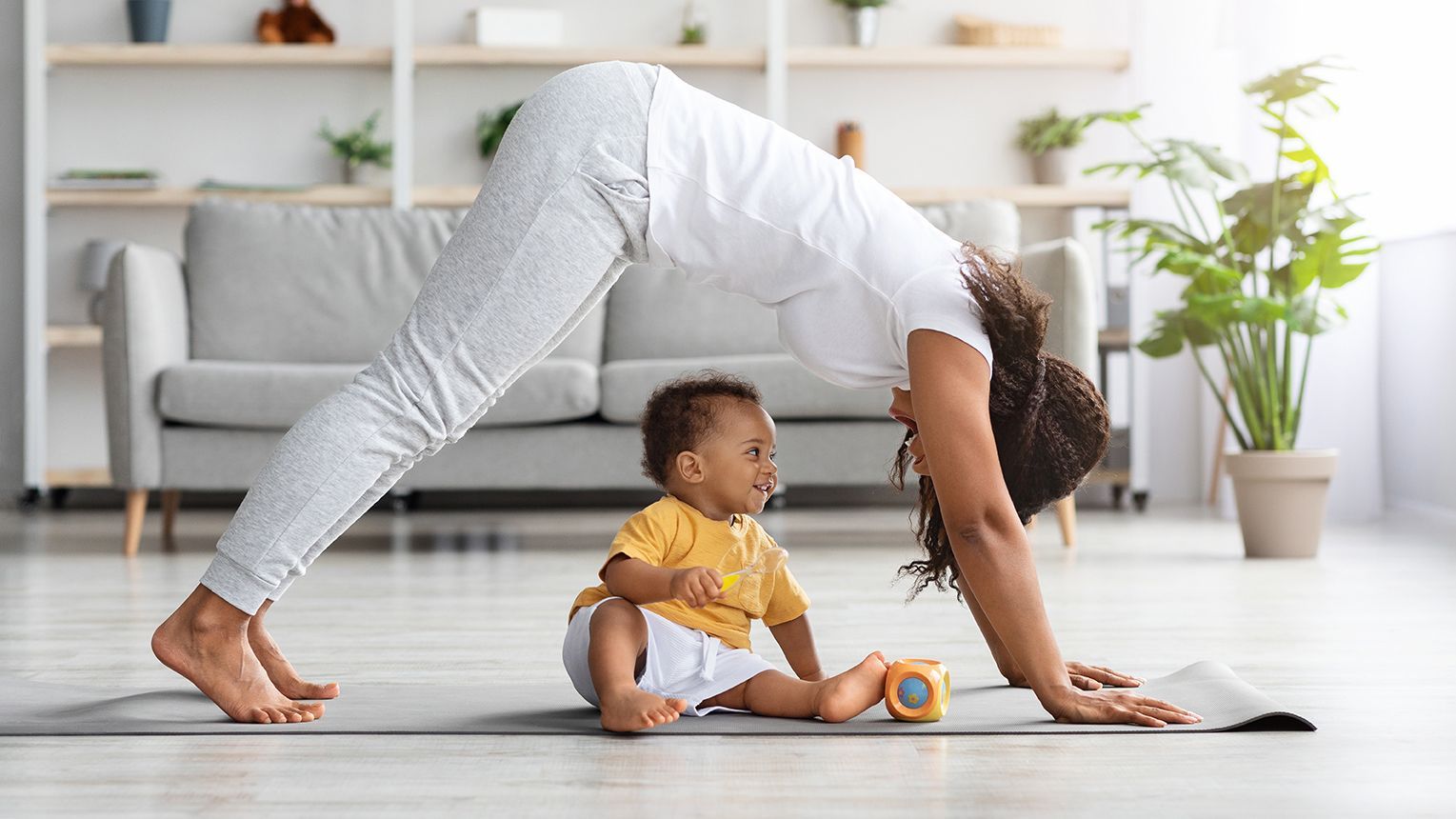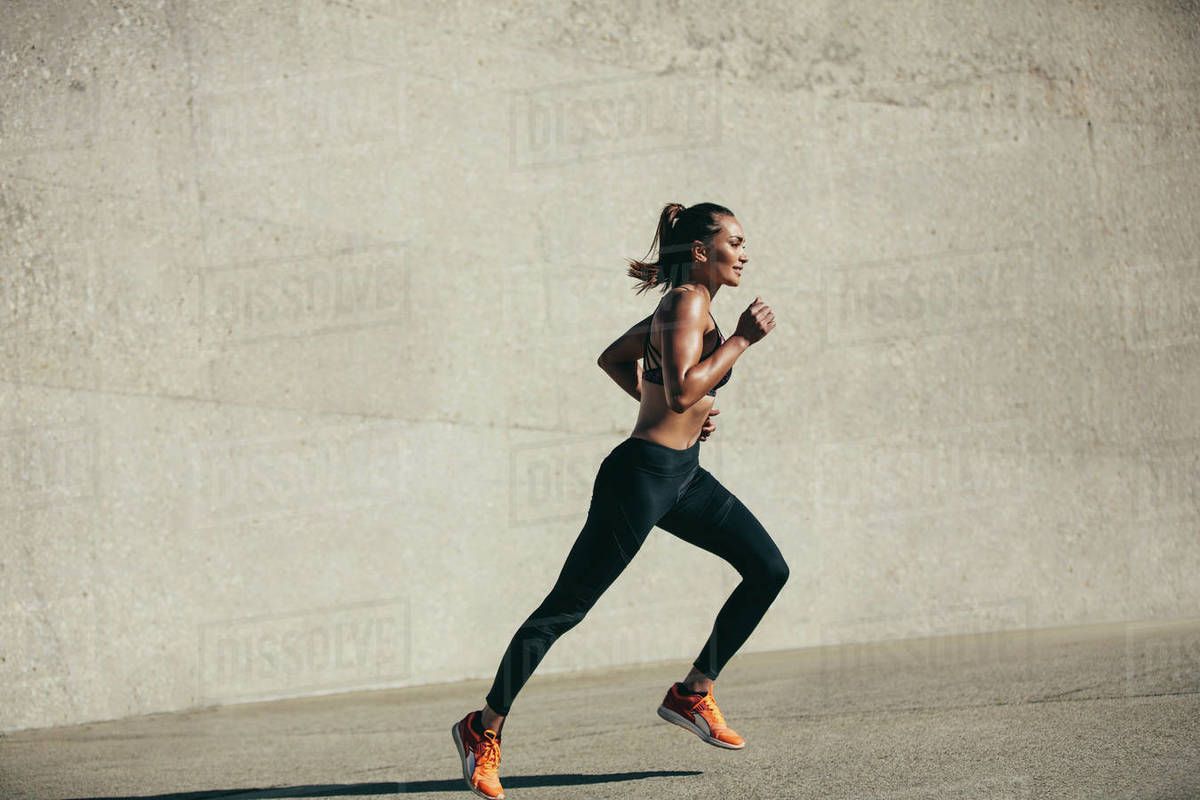Carpel Tunnel Syndrome: What is it?
The carpel tunnel is a narrow, rigid passageway of ligament and bone that is found at the base of the hand. It houses the median nerve, which is a mixed sensory and motor nerve that runs from the end of the brachial plexus (located at the root of your neck) through the forearm to provide sensation and feedback to the thumb and first three fingers. Carpel tunnel syndrome is one of the most common peripheral nerve entrapment disorders in the upper limb and occurs when the median nerve becomes compressed or squeezed at the wrist. This kind of injury is most commonly caused by sudden trauma to the wrist, such as a sprain or fracture, that causes swelling. Other common causes include an overactive pituitary glad, an underactive thyroid gland or rheumatoid arthritis. This compression on the median nerve leads to symptoms including feelings of pain, numbness and tingling in the hand and arm.
When treating carpal tunnel syndrome, it is important to begin as early as possible once symptoms start. Non-surgical treatments can assist in making the problem go away if you’ve only experienced mild to moderate symptoms that come and go for less than 10 months.
Exercise Rehabilitation:
Range of motion and nerve gliding exercises have been shown to be the most effective in improving pain, pressure pain threshold, and overall function in patients with carpel tunnel syndrome. Nerve gliding (also referred to as nerve flossing or neural gliding) is a stretching technique that takes areas of the body through specific ranges to help target and free up injured nerves and improve mobility.
Evidence shows that symptoms should begin to improve within two weeks of consistent daily nerve gliding exercises. After six to eight weeks, it is expected to feel no tightness or pain within your affected wrist.

Other Non-Surgical Therapy:
- Splinting: Most common initial treatment is to wear a splint at night. A splint will stabilize the wrist and minimise pressure on the median nerve allowing a period of relative rest from movements that may increase symptoms.
- Prescription medication: Corticosteroids or the drug Lidocaine can be prescribed and injected directly into the wrist or taken orally to relieve pressure on the median nerve.
- Alternative therapies: Yoga has been shown to reduce pain and improve grip strength in people with carpel tunnel syndrome. Better joint posture may decrease intermittent compression, and blood flow may be improved to decrease ischemic effects on the median nerve.

James McNally (BSc – GradDipClin Exercise Physiology)
Workers’ Compensation Specialist
References:
Ruth Ballestero-Perez, Gustavo Plana-Manzano, Alicia Urraca-Gesto, Flor Romo-Romo, Maria de Los Angeles Atin-Arratibel, Daniel Pecos-Martin, Tomas Gallego-Izquierdo, Natalia Romero-Franco. (2016). Effectiveness of Nerve Gliding Exercises on Carpel Tunnel Syndrome: A Systematic Review. Journal of Manipulative and Physiological Therapeutics , 40 (1), 50-59.
NK Visweswaraiah. (2013). Yoga for Occupational Health and Rehabilitation. Indian Journal of Physiology and Pharmacology , 57 (5), 20-21.
National Institute of Neurological Disorders and Stroke. (2020). Carpel Tunnel Syndrome Fact Sheet. Retrieved from: https://www.ninds.nih.gov/disorders/patient-caregiver-education/fact-sheets/carpal-tunnel-syndrome-fact-sheet




